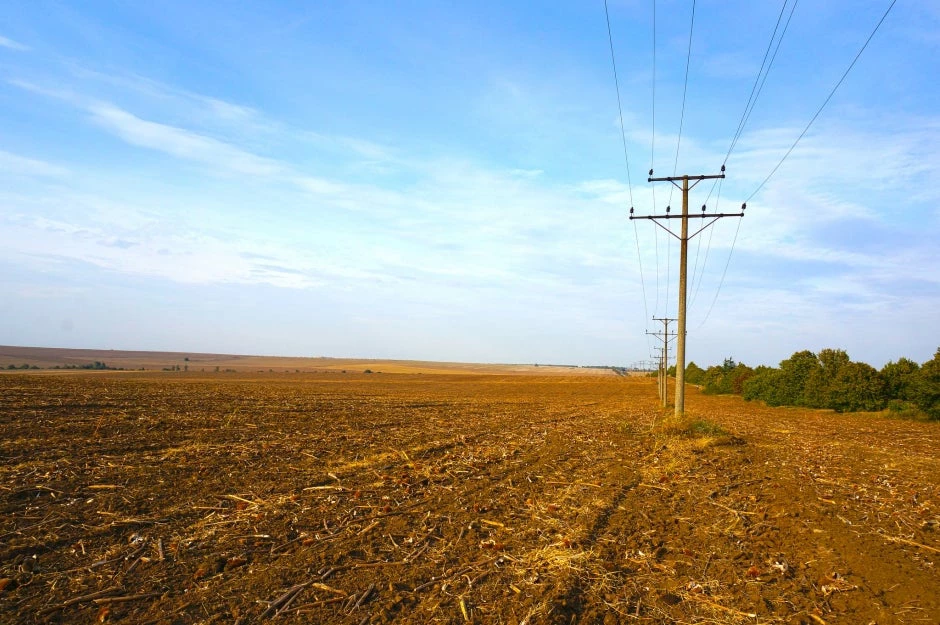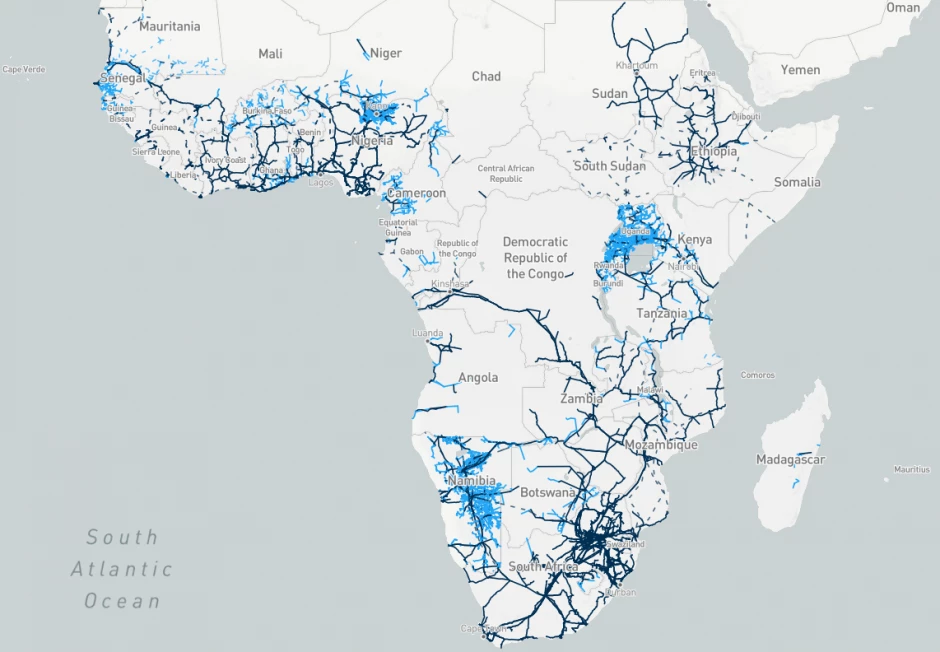
Despite localized success stories, electricity access is still increasing slowly in Sub-Saharan Africa. According to the Global Tracking Framework, access in Africa increased from 31% to 38% over the period from 2007 to 2014. Globally, just over one billion people today have little or no access to electricity. The 2030 Sustainable Development Goals (SDGs) aim to achieve affordable and clean energy for all with SDG 7. Efforts toward this goal were in sharp focus at the SEforALL Forum in New York City last month, where the latest progress, data, problems and achievements around the Sustainable Energy for All program were assessed and discussed.
Amongst clean cooking solutions, off-grid solar innovations and many others, the World Bank and partners launched a new data initiative. The ENERGYDATA.INFO platform aims to empower stakeholders from every side of the equation ‑ governments, private industry, financers, analysts, NGOs and the public ‑ with access to more and better quality data as well as analysis and tools that are simple and insightful.
One of the flagship apps released along with this platform is the Africa Electricity Grids Explorer, which presents the most complete and up-to-date openly available data on the electricity transmission and distribution networks in Sub-Saharan Africa. The last time a concerted effort was made to map Africa’s grid infrastructure was the Africa Infrastructure Country Diagnostic, now 10 years old. The Africa Electricity Grids Explorer attempts to bring such approaches into the modern era, by combining data from utilities and World Bank projects with crowd-sourced data from OpenStreetMap, satellite imagery analysis, and on-the-ground GPS tracking. This has already had a positive response from both policy-makers (who want to see data improved in their home countries) and modelers (who are using this new data in their efforts).

Apart from highlighting the important progress that has been made in opening grid and other energy-related data globally, this tool also serves to identify current gaps in data availability and helps inform further efforts in the space. For those involved in off-grid electricity access, renewable energy planning, as well as grid infrastructure modernization and upgrading, it is crucial to start with good foundational data: where are the resources, who is served by the electricity grid, where are unserved households located?
Without this data, an opportunity would be lost to bolster efficiency gains and better mobilize investments. For instance, mini-grid developers would struggle to find their markets, utilities would be less efficient in directing grid extension programs, and investors can't accurately allocate resources where they will have the biggest impacts. When this data is openly and freely available, modelers and analysts around the world can use it to create important insights about these issues, by combining data and algorithms in new and exciting ways. Some other great examples of this are tools such as ESMAP’s Global Solar Atlas and Electrification Paths from UN DESA and KTH.
Going forward, some exciting changes are expected to shake up the field of energy planning. Machine learning has already proved its potential in mapping settlements and population density in extremely high resolution, and is now starting to be applied to energy problems. At the same time, the growing ubiquity of mobile phones with GPS is creating the potential for new and innovative solutions such as communities tracking their own infrastructure, or using drones to map transmission systems and detect problems. On the other end of these bottom-up approaches, tools like Regulatory Indicators for Sustainable Development allow policy-makers, developers and investors to understand the higher-level frameworks, opportunities and issues in countries around the world.
Increasingly available open data and analytics are game-changers when it comes to achieving SDG 7 and sustainable energy for all. Visit ENERGYDATA.INFO to explore the apps and datasets published so far ‑ and join 12 partners, including the World Resources Institute, GIZ, and Lawrence Berkeley National Laboratory, in sharing your own data and analytics on the platform.




Join the Conversation